PPT-Codes and Conventions of Factual Programming
Author : stefany-barnette | Published Date : 2016-10-29
By Michael Gomersall Studio News Readers Anchor the show Speak clearly Formal presentation What they wear How they speak Dont show emotion Not Biased Talk directly
Presentation Embed Code
Download Presentation
Download Presentation The PPT/PDF document "Codes and Conventions of Factual Program..." is the property of its rightful owner. Permission is granted to download and print the materials on this website for personal, non-commercial use only, and to display it on your personal computer provided you do not modify the materials and that you retain all copyright notices contained in the materials. By downloading content from our website, you accept the terms of this agreement.
Codes and Conventions of Factual Programming: Transcript
Download Rules Of Document
"Codes and Conventions of Factual Programming"The content belongs to its owner. You may download and print it for personal use, without modification, and keep all copyright notices. By downloading, you agree to these terms.
Related Documents

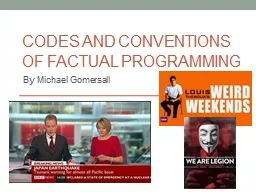
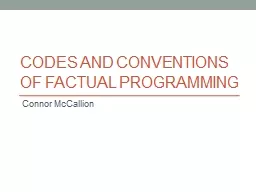
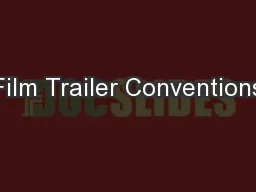
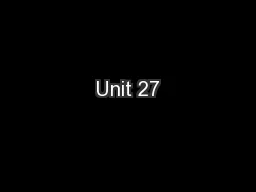
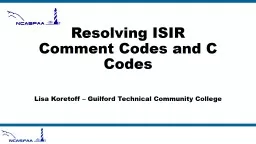
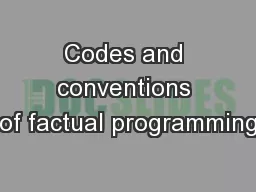
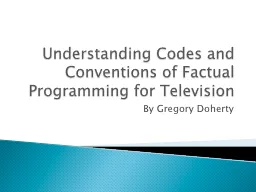
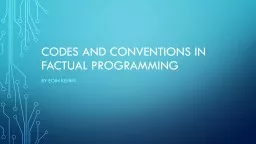
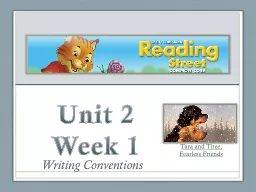
![[BEST]-Programming 11:C Programming Success in a Day & Rails Programming Professional](https://thumbs.docslides.com/980146/best-programming-11-c-programming-success-in-a-day-rails-programming-professional-made-easy-c-programming-c-programming-c-programming-language-rails-android-programming-ruby-rails-php-css.jpg)
![[FREE]-Programming 16: Python Programming In A Day & C Programming Professional Made Easy](https://thumbs.docslides.com/980148/free-programming-16-python-programming-in-a-day-c-programming-professional-made-easy-c-programming-c-programming-c-programming-language-html-python-python-programming-coding-css-java-php.jpg)